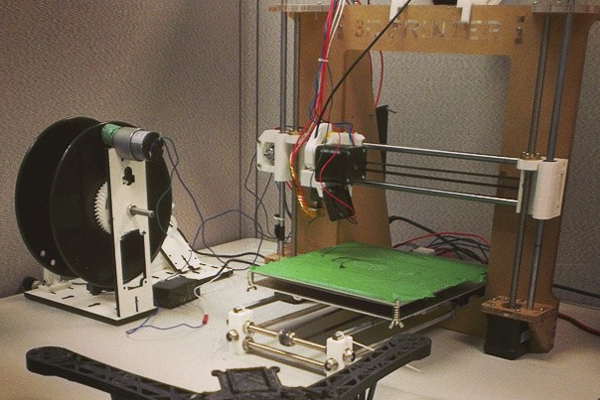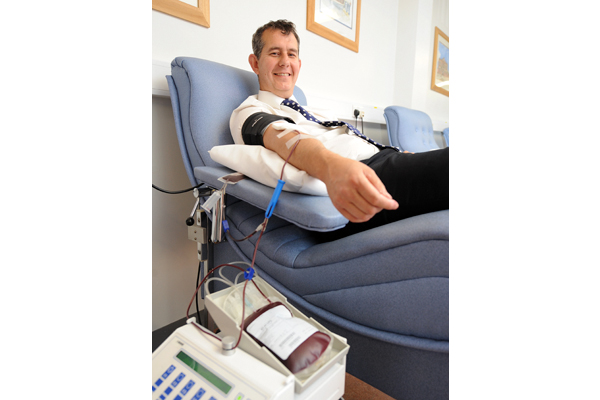Printearth offers new eco-friendly option for mass production
Photo courtesy of PrintearthPhil Chiasson encountered his first 3D printer while working at the University of Ottawa’s Bike Co-op. Not much later, his curiosity has led him to answer the environmental question of the modern machine.
3D printers work by melting a plastic filament, which is then assembled in thin strips to eventually form a three-dimensional object. Chiasson asked: How do we discard the object in an environmentally friendly way?
Chiasson, who is polishing off a degree in environmental studies, set out to find a solution to the problem and developed a new eco-friendly plastic filament.
At the end of month his startup, Printearth, will be ready to begin manufacturing plastic filaments described as fully biodegradable in both soil and water.
Chiasson’s invention sets him apart from the bulk of the 3D printing industry. The only other plastics available are either petroleum- or polylactic acid-based, he explained, which are only partially compostable.
3D printing was first developed at the Massachusetts Institute of Technology (MIT) in the 1990s, and promises to revolutionize the manufacturing industry.
“We no longer have to have a multitude of products built overseas—you can actually make something right in your living room,” said Chiasson.
“It’s a great time for myself to be entering the market because the 3D printing industry is growing at an exponential rate.”
Some researchers go so far as to say 3D printers will one day be able to manufacture human organs, which would greatly increase the average life expectancy. Scientists have already developed two-chamber hearts using 3D printers, the CBC reported in 2011.
In June, Chiasson set up at Startup Garage, a U of O entrepreneurship program. Close proximity to other new businesses was instrumental in his success, because they “all help each other,” he said.
“It would’ve taken me almost a year to be where I am now, and now I’m ready to release a product at the end of the month,” he said.
Chiasson is already planning to expand his business into the other half of the 3D printing industry, selective laser sintering (SLS).
SLS printing uses a resin that’s hardened by a laser, producing a higher quality print. Chiasson said he would like to produce a biodegradable version of the resin.
He advises young entrepreneurs to “take the plunge.”
“I find it’s better to have taken that risk and learn from it and gain that experience even if you fail than to have never done it at all,” said Chiasson. “I don’t think there’s any worse feeling than saying I wish I would have.”





